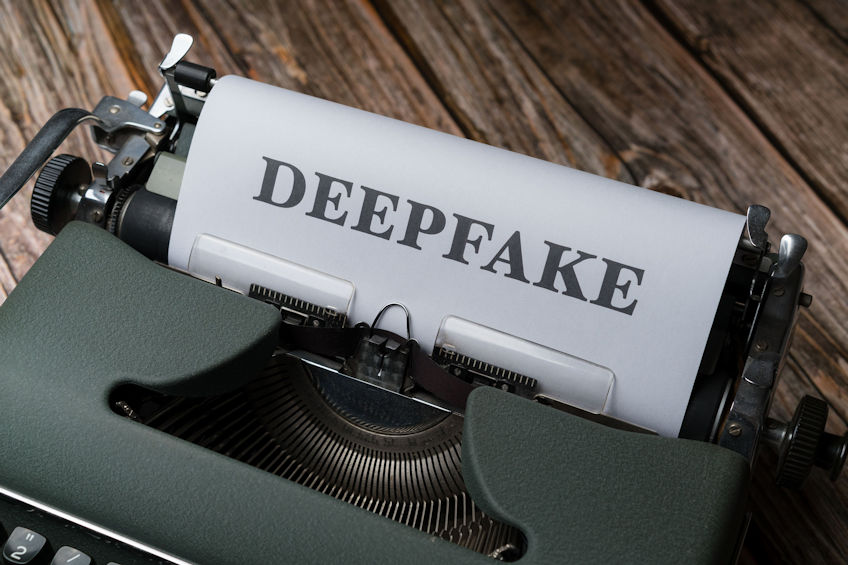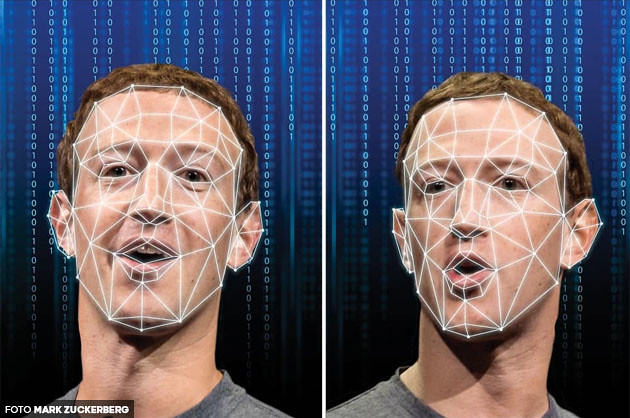Xerox 008R12990 Waste Toner Unit
Home
- 1404
- AUDIO/VIDEOaddremove
- COMPUTERSaddremove
- Componentsaddremove
- Computer Peripheralsaddremove
- Computersaddremove
- Consumablesaddremove
- Multimedia & Gamingaddremove
- Networkaddremove
- 4G/5G Routers
- Audio & Communication Accessories
- CPL Kits
- Electrical Protectionaddremove
- Firewalls
- Gender Changers
- IP Phones
- IP Servers
- KVM Switches
- Modems
- Network Accessoriesaddremove
- Network Bridges
- Network Cables & Adaptersaddremove
- Bluetooth Cables & Adapters
- Coaxial Cables & Adapters
- Data Transfer Cables
- Ethernet Cables & Adapters
- Fiber Storage Cables & Adapters
- Firewire Cables & Adapters
- Firewire/Parallel/Series Cables & Adapters
- GPRS & Umts Adapters
- HDMI Cables & Adapters
- Keyboard/Mouse Cables & Adapters
- Monitors Cables & Adapters
- Network Cables
- Optical Fiber Cables & Adapters
- Parallel Cables & Adapters
- Power Supply Cables
- Proprietary Cables
- Safety Cables & Adapters
- SAS Cables & Adapters
- SATA/eSATA Cables & Adapters
- Serial Cables & Adapters
- Twisted Pair Cables & Adapters
- USB Cables & Adapters
- Wireless Adapters
- Network Chassis
- Network Modules
- Print Servers
- Routers
- Switches
- Usb Hubs/Controllers
- Video Conference
- Wireless Access Points
- Wireless Routers
- PC Tablets & Accessoriesaddremove
- Security/Surveillanceaddremove
- Softwareaddremove
- Storageaddremove
- Components
- DVD MOVIESaddremove
- HOME/LEISUREaddremove
- PHOTO
- POINT OF SALEaddremove
- Accessories and Consumablesaddremove
- Adapters & Chargers
- Barcode Scanner Stands
- Barcode Scanners Cables
- Cases/Holders/Bags
- Data Capture Accessories
- Docking/Charging Stations
- Ink Label Printers
- Labels & Ribbons Kits
- Mobile Terminal Batteries
- Multipurpose Labels
- POS Accessories
- POS Printer Accessories
- POS Stylus
- Printable Paper Rolls
- Printer Cleaning Kits
- Ribbons Card Printers
- Ribbons Label Printers
- Spare Parts
- Ticket Printer Ribbons
- Barcode Scannersaddremove
- Cash Drawers
- Data Terminalsaddremove
- Kiosk Terminals
- Office Equipmentaddremove
- Point of Sale Printersaddremove
- POS Terminals
- POS Touch Screens
- RFID Readers/Encodersaddremove
- Support & Licenses
- Accessories and Consumables
- SPECIALSaddremove
- AUDIO CD
- AUDIO/VIDEOaddremove
- COMPUTERSaddremove
- Componentsaddremove
- Computer Peripheralsaddremove
- Computersaddremove
- Consumablesaddremove
- Multimedia & Gamingaddremove
- Networkaddremove
- Security/Surveillanceaddremove
- Softwareaddremove
- Storageaddremove
- Components
- HOME/LEISUREaddremove
- PHOTO/CAMERAS/LENSESaddremove
- POINT OF SALEaddremove
- TELEPHONYaddremove
- VIDEO GAMESaddremove
- TELEPHONYaddremove
Trending
Special Products
Maxell X-SERIES 8 GB SDHC Class 2 Memory Card
16 GB SDHC Class 4 memory card
Samsung CLP-S775A Paper Cassette/Feeder
Connected Devices
Deepfake Phenomenon: Unveiling the Dark Side of AI

Introduction:
In the realm of artificial intelligence (AI), the emergence of deepfakes has caused ripples of concern and fascination alike. Deepfakes are digital manipulations that employ deep learning algorithms to replace a person's face or voice in videos, creating highly realistic yet fabricated content. While initially popularized for entertainment purposes, the deepfake phenomenon has raised significant ethical, social, and political concerns. In this article, we delve into the intricacies of deepfakes, their implications, and potential solutions to combat their misuse.
Understanding Deepfakes:
Deepfakes rely on deep learning algorithms, particularly generative adversarial networks (GANs), to learn and replicate the visual and auditory features of a person from a large dataset of images or videos. By analyzing thousands of images, the AI model can convincingly superimpose a person's face onto another individual in a video, making it difficult to distinguish the fake from the real.
Implications and Concerns:
1. Misinformation and Disinformation: Deepfakes pose a significant threat to trust in media, as they can be used to spread fake news, manipulate public opinion, and incite political unrest. By altering the words and actions of influential figures, deepfakes can disrupt the democratic process and undermine public trust in institutions.
2. Privacy and Consent: Deepfakes infringe upon individuals' privacy rights and consent. By using publicly available images and videos, perpetrators can create explicit or defamatory content, leading to personal, professional, or reputational harm. Consent becomes an even greater concern when deepfakes are created without the knowledge or permission of the individuals being manipulated.
3. Cybersecurity and Fraud: Deepfakes have the potential to facilitate various forms of cybercrime, including online scams, identity theft, and financial fraud. Criminals can create fake videos to trick individuals into revealing sensitive information or to manipulate financial markets with false news.
Combating Deepfakes:
1. Technological Solutions: Researchers and tech companies are actively developing AI-based tools to detect and authenticate deepfakes. Such solutions rely on identifying inconsistencies in facial features, unnatural movements, or artifacts left by the manipulation process. However, as deepfake technology evolves, so do the countermeasures, thus necessitating continuous advancements in detection techniques.
2. Legislative Measures: Governments worldwide are grappling with the challenges posed by deepfakes. Some countries have introduced or proposed legislation to criminalize the creation and dissemination of malicious deepfakes. Policies may encourage transparency, accountability, and penalties for those involved in the creation or distribution of deceptive content.
3. Media Literacy and Education: Enhancing media literacy and critical thinking skills can empower individuals to identify and question the authenticity of digital content. By educating the public about the existence and potential dangers of deepfakes, people can become more discerning consumers of information and reduce the impact of misleading videos.
Conclusion:
The deepfake phenomenon has ushered in a new era of AI capabilities, both awe-inspiring and concerning. While deepfakes have already demonstrated their potential to deceive and disrupt, the ongoing efforts by researchers, policymakers, and technology experts provide hope for mitigating their negative impact. However, addressing the deepfake challenge requires a collective effort, including technological advancements, legal frameworks, and public awareness, to ensure a safer and more trustworthy digital landscape for all.

Share this content





